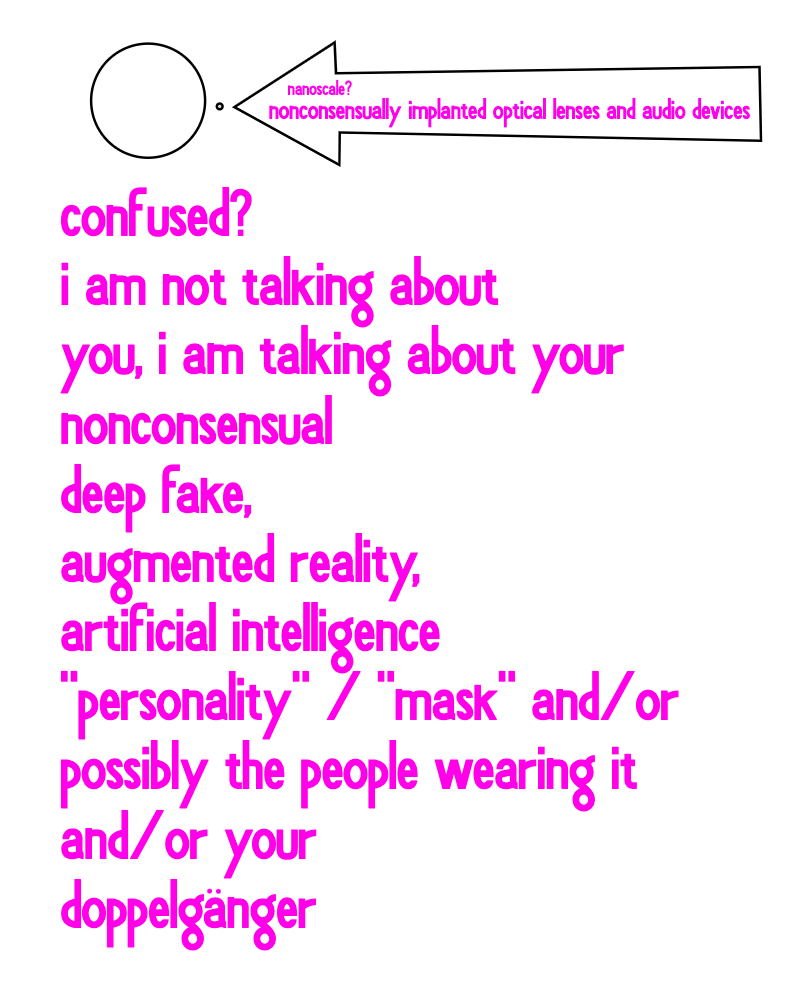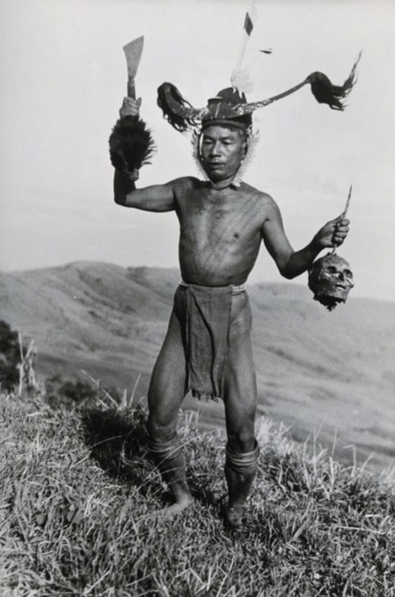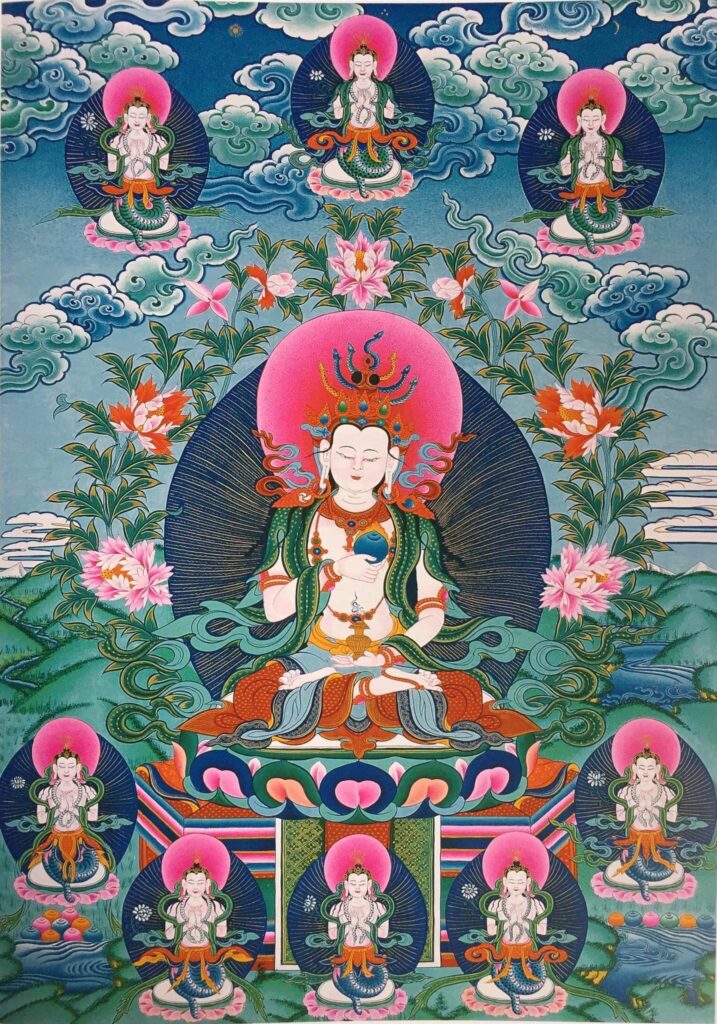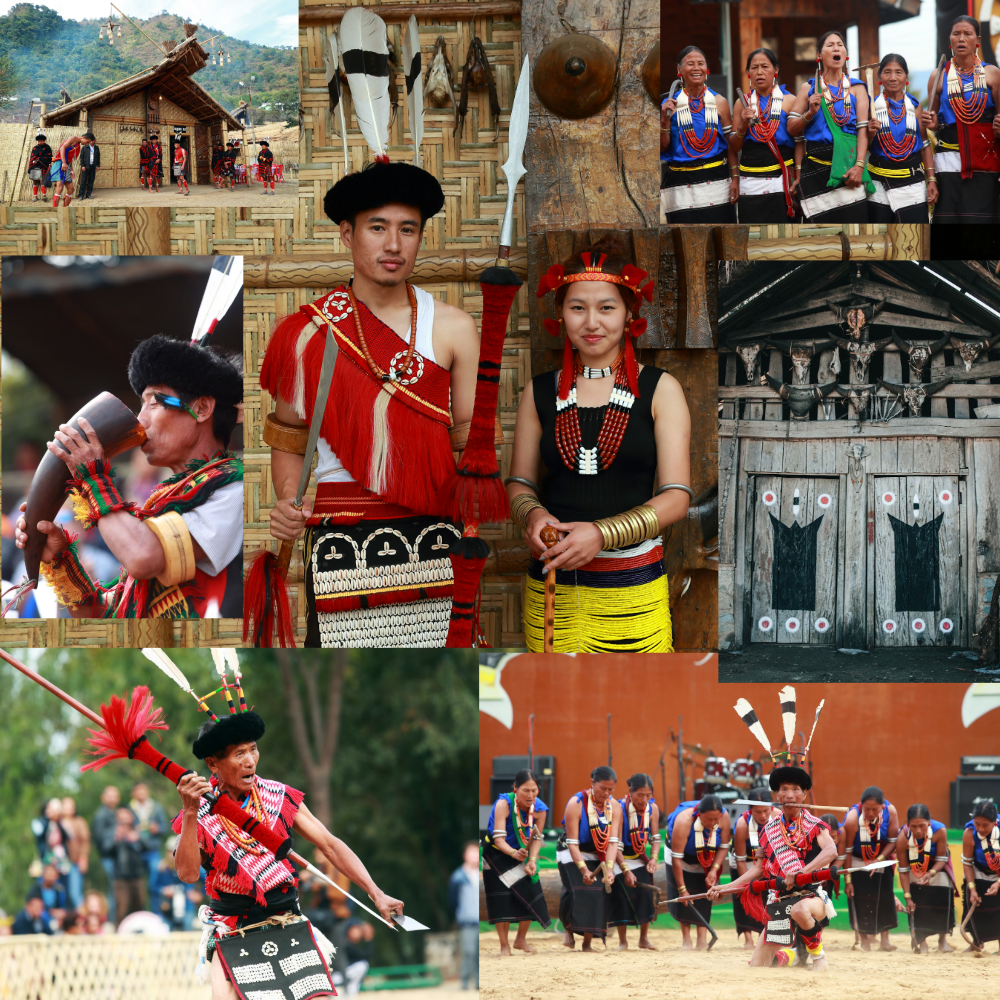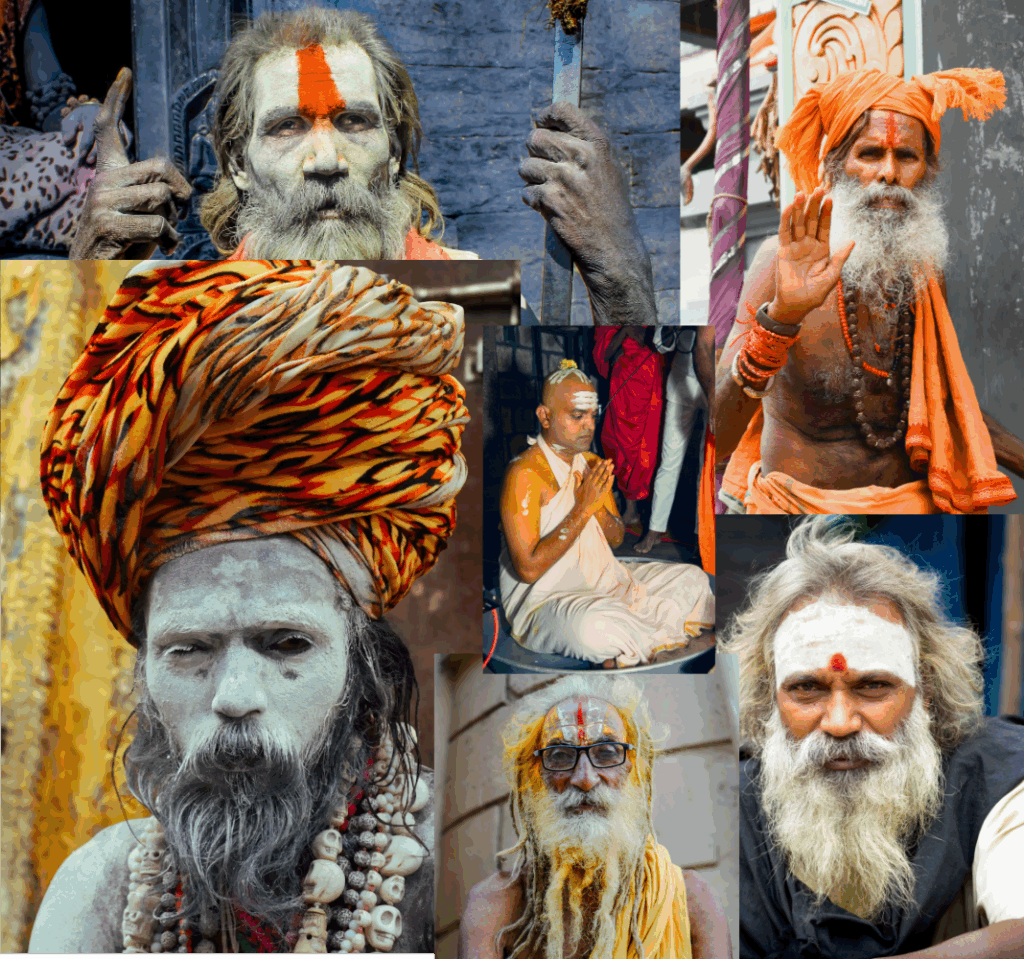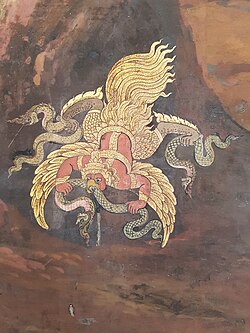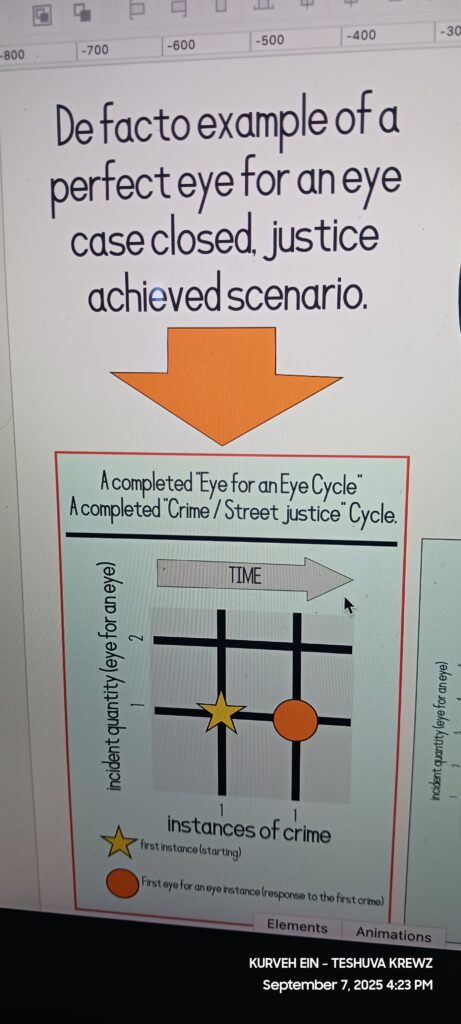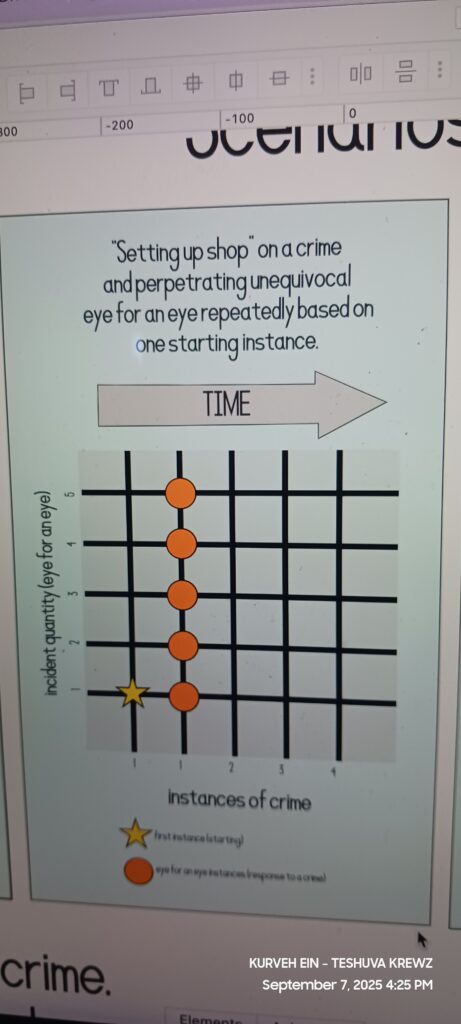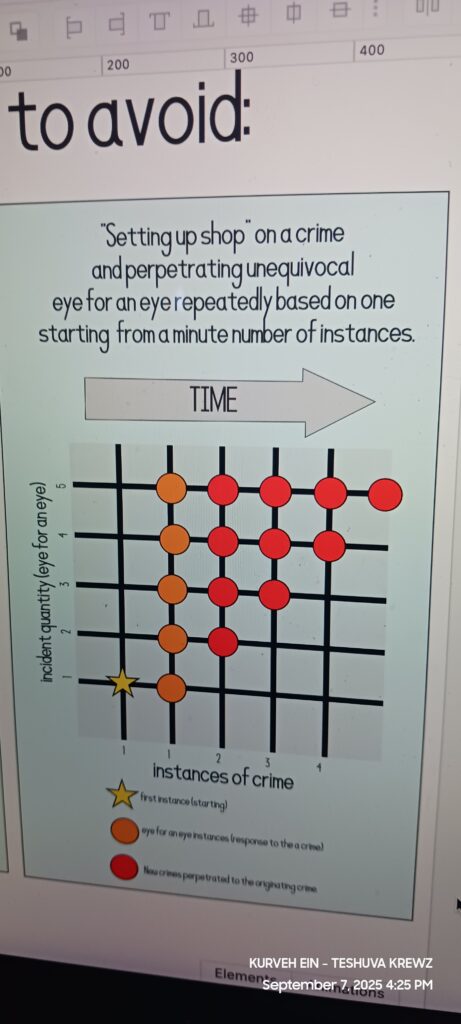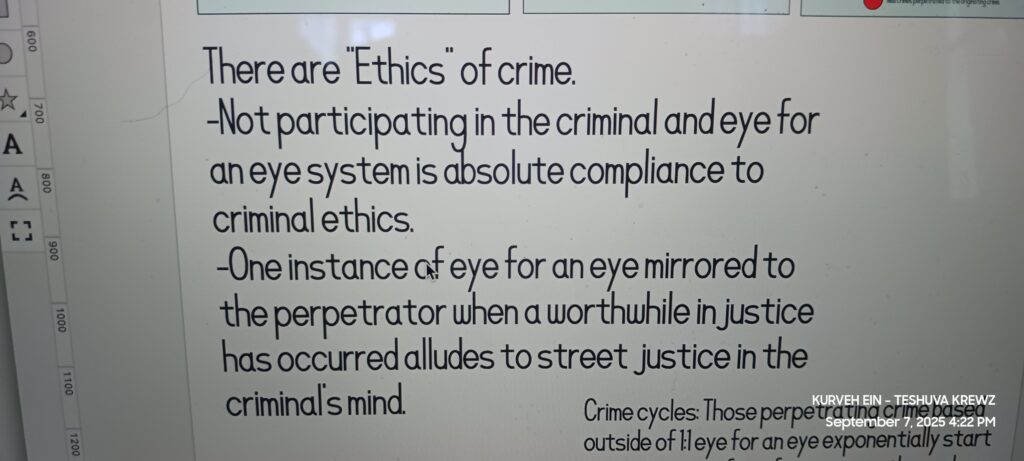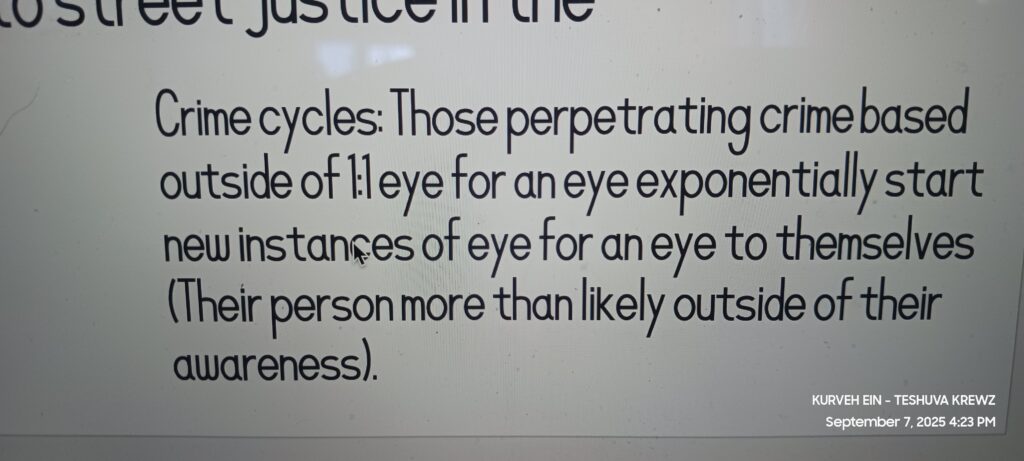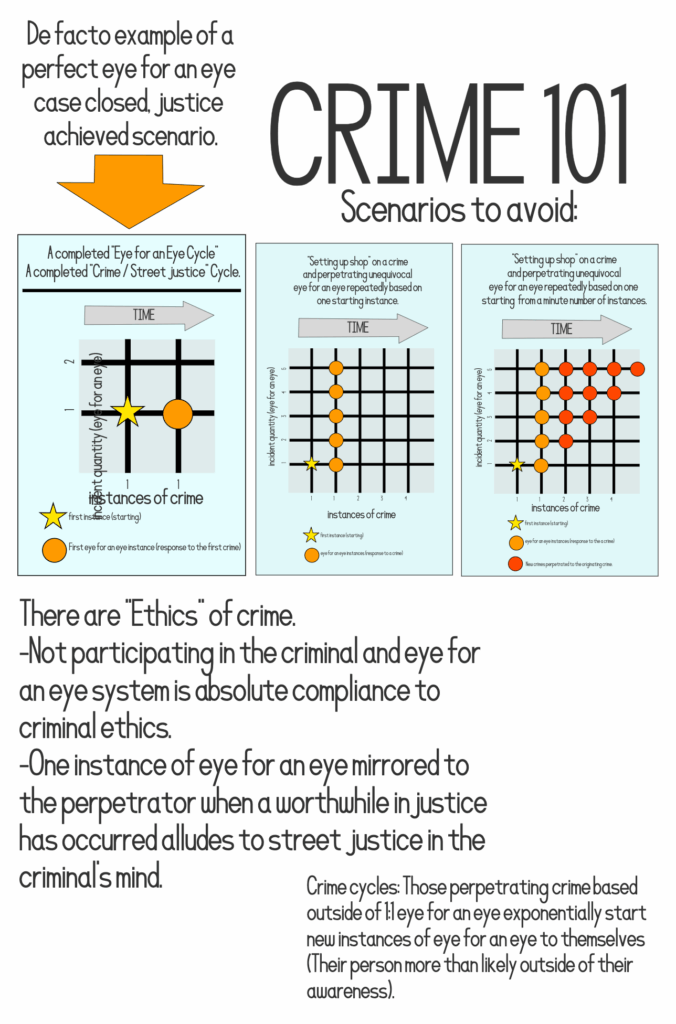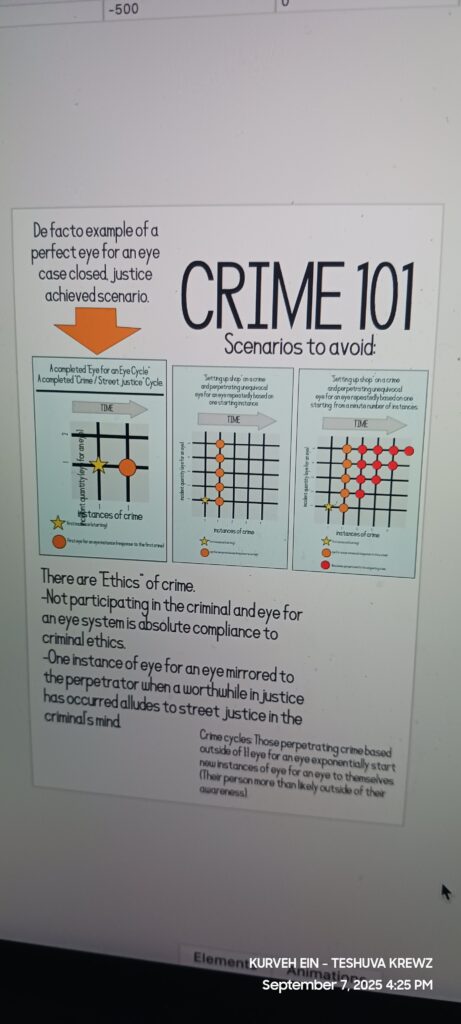Let us create an experiment to help us understand some (possible) phenomenas of our modern day.
First, all participants must wear tracking devices, cameras, optical lenses and audio devices harnessing deep fake, augmented reality, and artificial intelligence technologies.
Ethics is priority in our experiment, so everything about our experiment, because it involves living beings, has to be forthright, honest, blatantly disclosed, and everyone will know they are participating and will have given permission and consent to participate. Furthermore, any and all participants, at any time, and for any reason can “opt out” of the experiment for any reason (or no reason at all). They can have their lenses and audio devices and sensors removed just because they say so, no reason will even be needed to prompt their exit.
We shall monitor the brains of our users / players to a highly precise degree. We shall track each and every thought and experience and interaction.
Second, what is our (architects of this “game”) underlying ideologies? What is the purpose of the game? It is to make to world a happier, healthier, lighter place.
We shall customize the experience to the user / participant.
There is a Jewish participant, this Jew has studied and knows the Torah. In the Torah, there are the different characters: Abraham, Sarai, Deborah, Jacob, Esau, Moses, Lot, the Prodigal Son, etc… The Jew knows that attacking a nice old lady for no reason is bad. These are the different “houses”.
There is an Atheist. This atheist knows social manners. This atheist is an expert at manners. The Atheist remembers, as a child, when his classmate John punched Jim, that John behaved badly. He remembers that using a spoon for your salad (out of the two forks) is ABSURD, and bad manners. The Atheist knows that attacking a nice old lady for no reason is bad. Let these be the houses for the atheist.
There is a Muslim. The Muslim knows that the Prophet Muhammad (Peace be upon him) is of the good house, and Iblis is bad. The Muslim knows that attacking a nice old lady for no reason is bad. Let these be houses of this Muslim.
Throughout their experience in this game, the players interact with each other.
Reduce each “house” (and each interaction) to “good” or “bad”.
We shall quantify the good and the bad. (Even though we know there is goodness in all people).
The “attention economy”: “that was good”, :good”, “good”, “good!”, “good”. A universal, unanimous, hands down, absolute “GOOD” is decided by the entire world! With the “attention economy”, we shall quantify where the attention of each player goes to. The visual attention shall be quantified through a computer vision recognition of the activity, person, through their nanoscale camera they have implanted in their eyes. Everything they look at, listen to, shall be accounted for. We shall assign “owners” of the attention activity. Credit shall go to them for the attention that is “paid”. Every “idea” shall have a source and that source shall be the owner. We will go back, very far, to find the source and core of every idea, thought, concept, in existence. Then relevant credibility will be given to the right person for those that pay attention to them.
Our statistics from the data we gather shall be vast.
On this Earth, there are a lot of people. The spectrum of behavior, and our cultures, amongst all of the people in the world are very broad and diverse.
It looks like some separation is called for. The culture of group A from group B requires the separation, else they will kill each other (need I remind you about when our lenses were removed in Project: Birdbox?)
Layers of reality. Let us quantify and connect each person to another person, even amongst the separation of cultural groupings.
Empowerment of the feet: The lowest segment of our physical persons, our feet, were designated (after the Great Internal Affairs Battle of Odin’s Third Cousin Rufio versus Captain Hook) a permanent layer of reality in our game that is meant to empower those actors. It is a difficult layer of reality to survive and thrive in because it is so primal, unless you are highly sexually attractive. It is the sexual layer of reality. Only very few people in this world are able to thrive in the sexualized layer of reality. Just imagine what a porn star goes through, what it takes to be a porn star. The primal nature of being that, and the “battles” involved. (Most people do not want to, or cannot, participate in this culture / economy).
So on the playing field, we have four layers of a total of eight “distributed persons”. The “distributed person” is or can be something somewhat like a “hive mind”. An interconnected person: Jim on layer four just ingested soy sauce, Jim on layer three just kissed an exhaust pipe!?, Jim on layer one was jumping on the couch with his shoes on, Jim on layer two just did something that complimented a deficit or balanced out the soy sauce ingestion. Was Jim on layer four the chicken or the egg? Which went first?
And, at this point, the question of who went first may be irrelevant? Why because (some) of the technologies that are involved and that connect us (and our layer of distributed person) are certainly clairvoyance thought broadcasts, but all nano gasses that affect our decision, and the combination of such technologies affecting our free will.
There is logic involved, but fighting over who is the rightful “owner” for certain things may be a redundant argument.
The mobile, impermanence of all of these ideas. We can update and maneuver all of these concepts at will, as we, the architects see fit, so nothing is set in stone. We shall adjust this game as needed, at ours or your will, wish, or want.
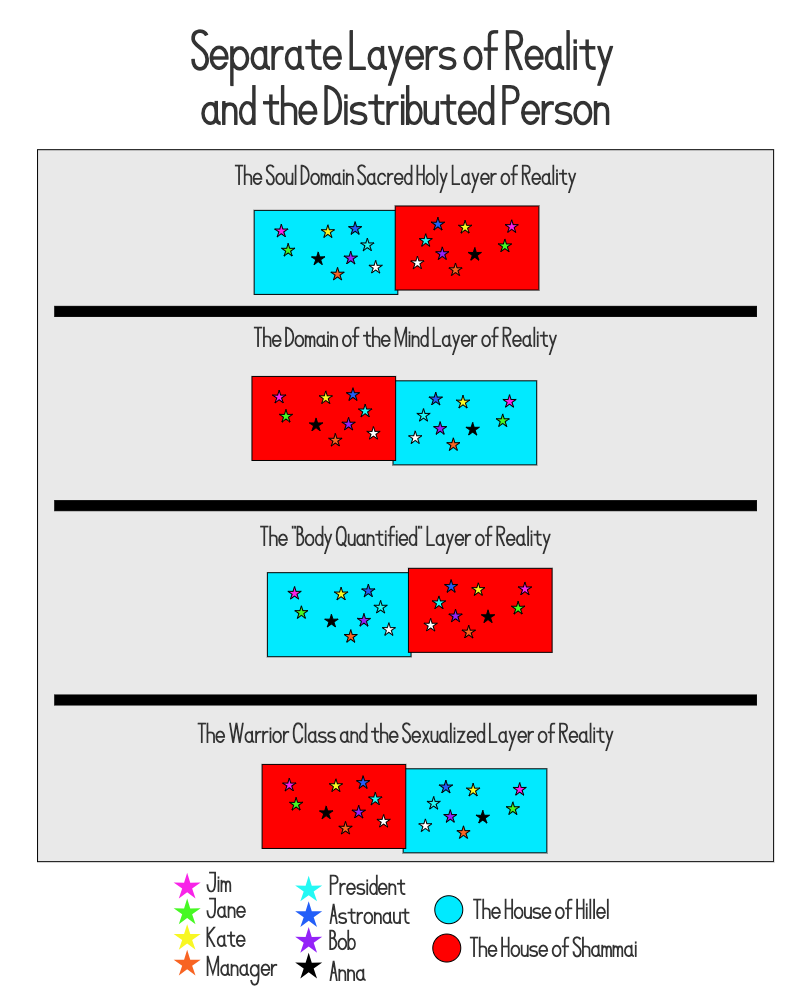
Gone wrong – Where we may be at – Let us begin our session (the Battle of the Generals):
The drunken fat general under foreign influence: “It says right here, right here in the fine print. LOOK at the non-disclosure agreement of our illegal contract sir, our highest flying sinless white purity supreme Minister Rabbi Priest has the RIGHT to commit that rape. His hair is lighter than yours, you must admit. You have sinned and your testicles (life), ribs, and anus are HIS birthrights, SIR! If you have a problem with it, genetically we can change your sexuality to homosexual and your body to female… if you want to contend… You agreed, SIR! and we rolled out our foreign ideology on U.S. soil. No going back!”
On the contraire sir: “Rape is equitable to unjustified homicide. If you could do anything in the world and get away with it? Would you do such a thing?”
“Babe, bimbo, can you please get some more signatures and take more of their souls in our possession? Gud job bimbo babe. Luv u.”
The crowd roars! NO ONE CAN RESIST THE BIMBO!
*Dark, unfortunately relevant humor.
https://constitution.congress.gov/constitution/amendment-1
Our most relevant ethical discussion: An extremely lucrative, programmed in and rolled out “Game theory” outside of our freewill. Ready, let’s all FIGHT!
